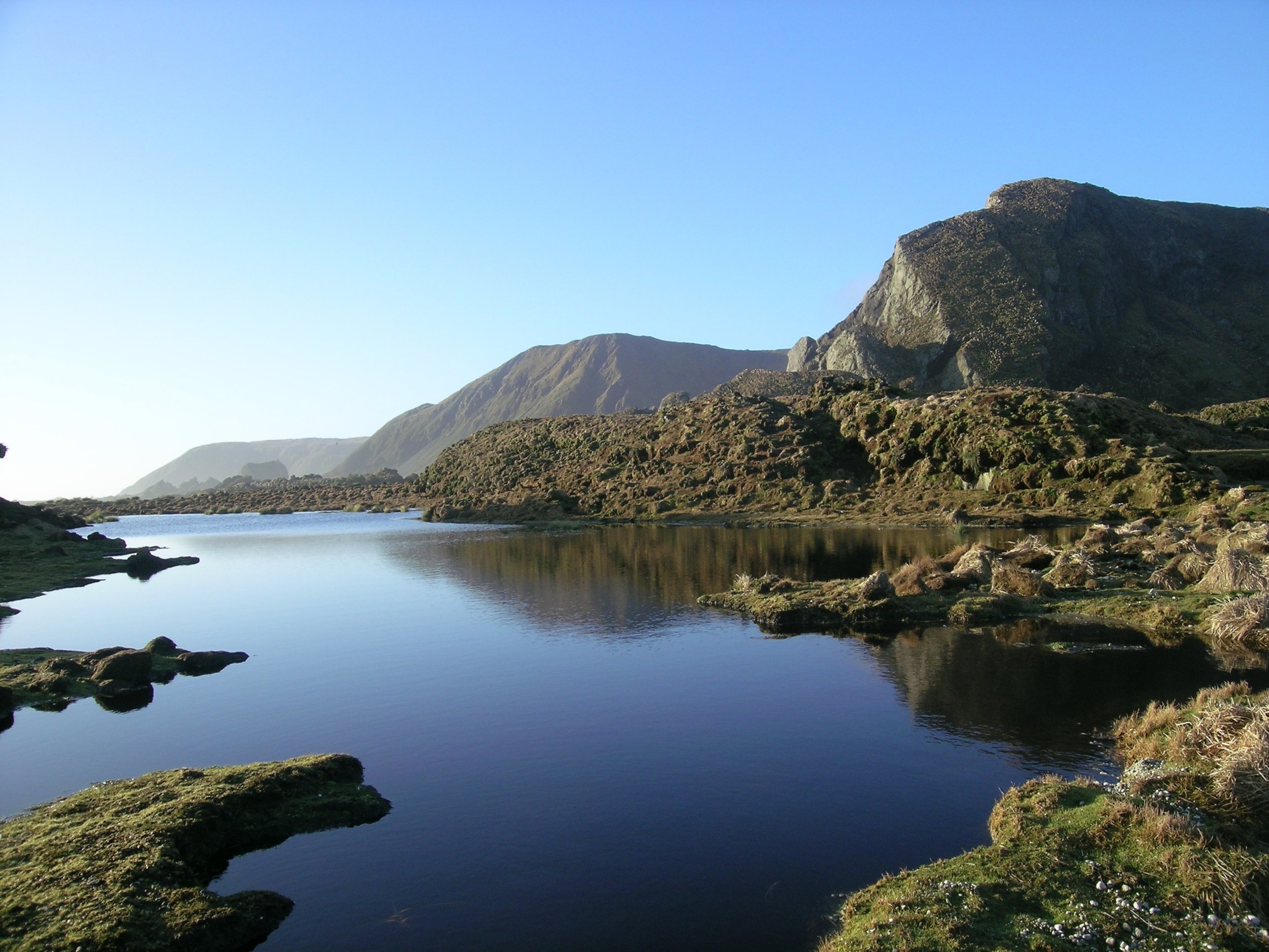Our research themes
The Antarctic Science Foundation funds science to understand and protect the planet. With our supporters we build research partnerships to fund projects under five theme areas. :
Mitigating the effects of climate change
The presence of humans in Antarctica might be small, but the long reach of our influence is not: it is felt in the receding boundary of Antarctica’s annual sea ice, its shifting winds and its augmented seasons. Antarctica is a meeting place for the great systems of our planet – our atmosphere, ocean, and earth – to interchange and exchange, making it the ideal location for a global understanding of climate. Not just the present, but the secrets of the past and future are contained in Antarctica’s ice and sediment, its geology and atmosphere. It’s in the very landscape of Antarctica that the truth of Confucius’ proposition resounds, “Study the past if you would define the future”. Read more
Monitoring ice shelves, glaciers, and sea ice
Ours is called ‘The Blue Planet’, but only a small fraction of that water is fresh and drinkable. Of that, around 70% is frozen as ice in Antarctica, bound up in the kilometres-thick ice that we call ice shelves, bunched up and on the move in the glaciers, such as the Totten and Thwaites, for example, or extending out into the Southern Ocean as ice shelves and sea ice. With the aid of modern technology, such as satellites and ice breakers, we can observe, quantify, and take measurements of this continent-sized resource. Read more
Maintaining healthy oceans
Surrounding Antarctica is the great Southern Ocean – home of the Antarctic food web: the algae and populations of fish and krill in need of management and protection. These organisms, and the animals that depend on them (ourselves included), are reliant on the ocean’s health: its temperature, acidity, and salinity. Often considered a ‘shock-absorber’ or ‘a buffer’, the oceans are, in fact, responsive to the changes in our climate, with recent models showing a gradual heating in the deep and global circulatory cycles of Antarctic water. By diving beneath its surface, we can understand and model the true and long-term nature of the Southern Ocean and the life forms that inhabit it. Read more
Minimising biodiversity loss
Whales, penguins, and seals may spring to mind when considering life in Antarctica, however, the icy continent is host to countless ecosystems. From the temperate coastal regions where water and warmth allow the encrusting of lichens, moss gardens, and even native grasses to the soils of Antarctica that harbour a bustling diversity of microorganisms, within whose cells the secrets of ancient and extraterrestrial life are bound, Antarctica is thriving with life. By studying these ecosystems, and by experimenting with measures to quash the invasive species that threaten them, we can preserve for posterity this delicate and unique life. Read more
Protecting Antarctic wildlife
The glistening bow of a minke whale as it parts the glassy waters, the vapour snort of a Weddell seal’s breath, or the raucous palaver and sulphurous stink of a rookery of crested penguins: Antarctica is alive with sights and sounds of burgeoning life. For all the wonder this continent presents, there are still many questions: is our consumption of krill in competition with whales? What can the seals tell us about changing oceanic conditions? And how will the sea ice-dependent penguins adapt to retreating nesting grounds? With your support, more research can be focussed in the these areas. Read more
























